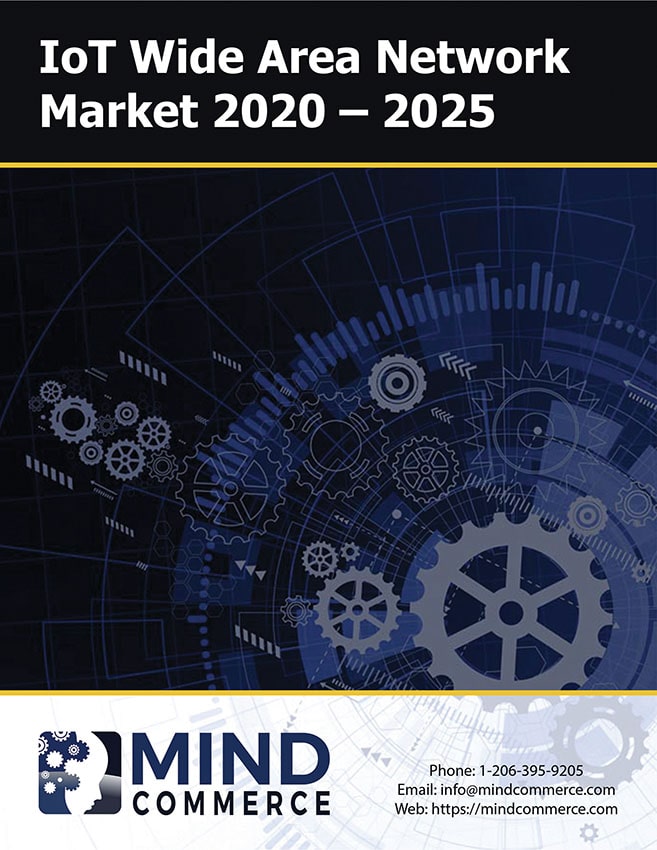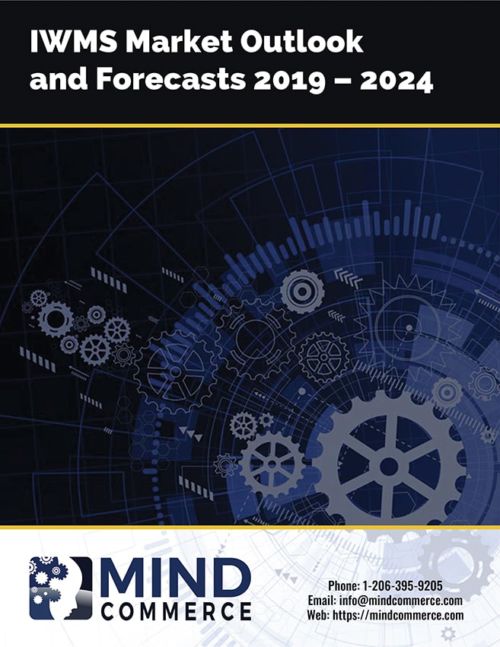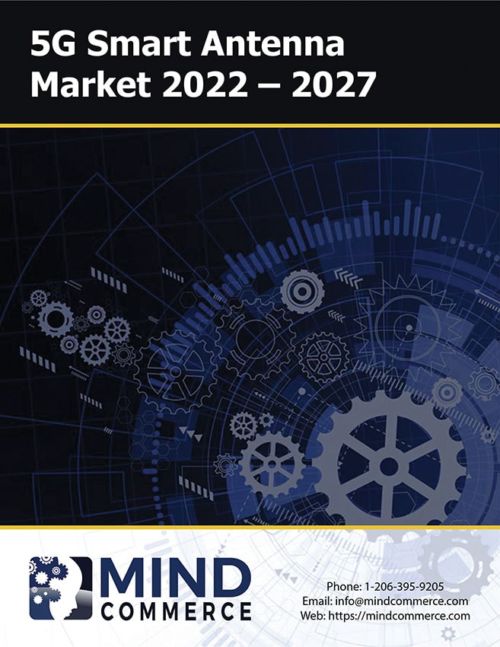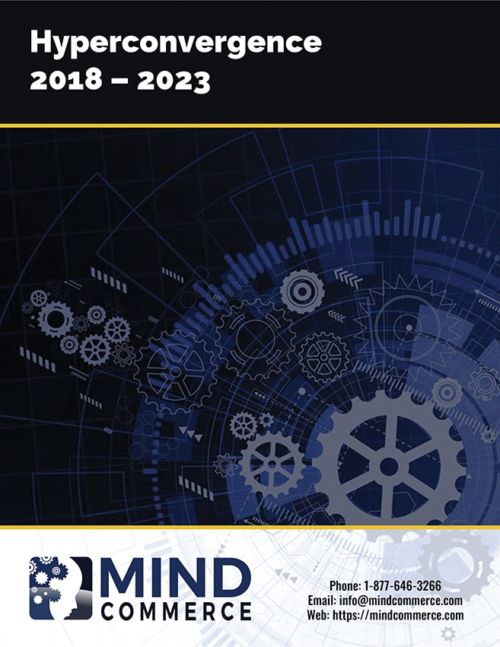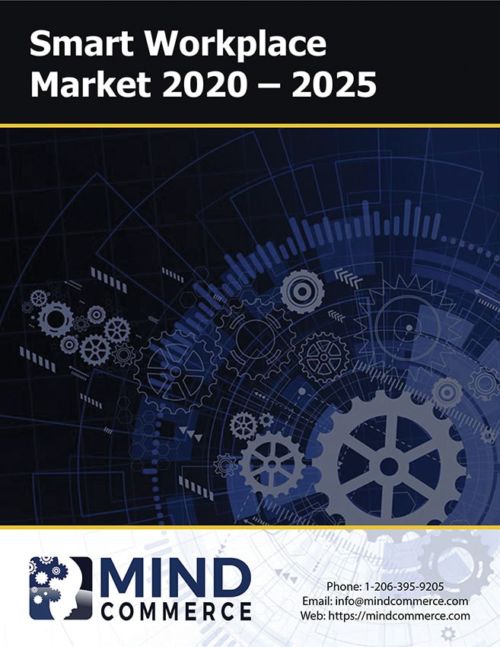Description
Wide Area Network (WAN) communications for the Internet of Things (IoT) is the core backbone for machine-to-machine (M2M) signalling for the rapid-evolving IoT application and service ecosystem. The three cellular IoT WAN methods are known as EC-GSM-IoT/3GPP, LTE-M/3GPP, and NB-IoT/3GPP. There are also non-cellular alternative Low Power WAN (LPWAN) approaches that allow for long-range communications at a low bit rate. It is important to consider both standards-based cellular technologies and proprietary solutions within the IoT WAN market.
IoT WAN Market Dynamics
Cellular and non-cellular IoT WAN technologies both have an important role to play in the M2M/IoT ecosystem. For example, LPWAN connected sensors are used for detection of changes in the physical and/or logical relationship of one object to another(s) and/or the environment. Physical changes may include temperature, light, pressure, sound, and motion. Logical changes include the presence/absence of an electronically traceable entity, location, and/or activity. Within an IoT context, physical and logical changes are equally important. These types of solutions are used for many industrial applications across a wide variety of industry verticals.
Within the consumer segment, electronic devices have historically represented stand-alone objects functioning in isolation. This is rapidly changing as high-end consumer appliances, digital equipment, and assets as well as many lower cost devices gain connectivity through embedded computing and communications. A connected consumer device may be used for various purposes including entertainment, news, information, and general lifestyle enhancement. IoT WANs provide the means for ubiquitous M2M connectivity between consumer devices, manufacturers, and service providers.
IoT WAN Market Report
This research evaluates IoT WAN technologies, companies, and solutions. The report assesses developments in the IoT WAN ecosystem, analyzes use cases, and provides a view into the future of IoT WAN communications. The report includes detailed forecasts for cellular and non-cellular IoT WANs 2020 to 2025.
This report answers the following questions:
- Who are the cellular and non-cellular solution providers for IoT WAN?
- Who are the key players within the wireless IoT WAN ecosystem and why?
- How does the IoT WAN ecosystem accelerate IoT adoption of certain applications?
- What is the predominant technology for wireless IoT WAN and how does it support apps?
- Why Low-Power Wide Area Network (LPWAN) is considered the key technology for wireless IoT WAN?
While much focus is on IoT end-points and related issues such as security and power, ubiquitous wireless coverage remains the overarching issue for transformation from traditional M2M to global IoT networks. Adoption of IoT connectivity creates substantial opportunities for LPWAN network, hardware, and software services.
Mind Commerce sees the cellular and non-cellular IoT WAN markets reaching $25.9B and $47.4B respectively by 2025. The majority of this growth will be for industry-specific solutions. However, IoT WAN systems are continuously evolving to become more general-purpose in nature with plug-and-play solutions providing extensibility at increasingly lower investment threshold.


